Urocortin (rat)Endogenous CRF agonist CAS# 171543-83-2 |

- CX-5461
Catalog No.:BCC3700
CAS No.:1138549-36-6
- Gemcitabine HCl
Catalog No.:BCC1076
CAS No.:122111-03-9
- Fludarabine Phosphate (Fludara)
Catalog No.:BCC3681
CAS No.:75607-67-9
- Bleomycin Sulfate
Catalog No.:BCC3694
CAS No.:9041-93-4
Quality Control & MSDS
3D structure
Package In Stock
Number of papers citing our products
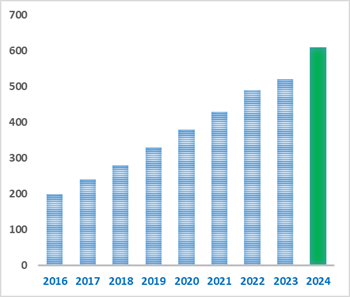
| Cas No. | 171543-83-2 | SDF | Download SDF |
| PubChem ID | 131954549 | Appearance | Powder |
| Formula | C206H338N62O64 | M.Wt | 4707.31 |
| Type of Compound | N/A | Storage | Desiccate at -20°C |
| Solubility | Soluble to 1 mg/ml in water | ||
| Sequence | DDPPLSIDLTFHLLRTLLELARTQSQRERA (Modifications: Val-40 = C-terminal amide) | ||
| SMILES | CCC(C)C(C(=O)NC(C(C)CC)C(=O)NC(CC1=CC=CC=C1)C(=O)NC(CC(=O)O)C(=O)NC(CO)C(=O)NC(C(C)C)C(=O)N)NC(=O)C(CCCNC(=N)N)NC(=O)C(CC(=O)N)NC(=O)C(CCC(=O)N)NC(=O)C(CCC(=O)O)NC(=O)C(C)NC(=O)C(CCCNC(=N)N)NC(=O)C(CCC(=O)O)NC(=O)C(CCCNC(=N)N)NC(=O)C(CCC(=O)N)NC(=O)C(CO)NC(=O)C(CCC(=O)N)NC(=O)C(C(C)O)NC(=O)C(CCCNC(=N)N)NC(=O)C(C)NC(=O)C(CC(C)C)NC(=O)C(CCC(=O)O)NC(=O)C(CC(C)C)NC(=O)C(CC(C)C)NC(=O)C(C(C)O)NC(=O)C(CCCNC(=N)N)NC(=O)C(CC(C)C)NC(=O)C(CC(C)C)NC(=O)C(CC2=CNC=N2)NC(=O)C(CC3=CC=CC=C3)NC(=O)C(C(C)O)NC(=O)C(CC(C)C)NC(=O)C(CC(=O)O)NC(=O)C(C(C)CC)NC(=O)C(CO)NC(=O)C(CC(C)C)NC(=O)C4CCCN4C(=O)C5CCCN5C(=O)C(CC(=O)O)NC(=O)C(CC(=O)O)N | ||
| Standard InChIKey | NLXKHYTZYFPOSU-UHFFFAOYSA-N | ||
| Standard InChI | InChI=1S/C206H338N62O64/c1-28-102(20)156(262-192(323)141(92-271)258-182(313)129(78-98(12)13)251-193(324)142-53-42-72-267(142)201(332)143-54-43-73-268(143)200(331)138(88-154(291)292)256-165(296)113(207)84-151(285)286)194(325)255-137(87-153(289)290)187(318)247-131(80-100(16)17)189(320)266-161(109(27)274)199(330)254-133(82-111-46-35-32-36-47-111)183(314)248-134(83-112-89-223-93-229-112)185(316)246-128(77-97(10)11)180(311)244-126(75-95(6)7)178(309)236-118(52-41-71-228-206(221)222)176(307)265-160(108(26)273)198(329)252-130(79-99(14)15)181(312)245-127(76-96(8)9)179(310)240-124(60-66-150(283)284)172(303)243-125(74-94(4)5)177(308)231-106(24)163(294)232-116(50-39-69-226-204(217)218)175(306)264-159(107(25)272)197(328)242-121(57-63-146(210)277)173(304)257-139(90-269)190(321)241-119(55-61-144(208)275)168(299)235-115(49-38-68-225-203(215)216)167(298)239-123(59-65-149(281)282)170(301)234-114(48-37-67-224-202(213)214)166(297)230-105(23)164(295)233-122(58-64-148(279)280)169(300)238-120(56-62-145(209)276)171(302)249-135(85-147(211)278)186(317)237-117(51-40-70-227-205(219)220)174(305)261-158(104(22)30-3)196(327)263-157(103(21)29-2)195(326)253-132(81-110-44-33-31-34-45-110)184(315)250-136(86-152(287)288)188(319)259-140(91-270)191(322)260-155(101(18)19)162(212)293/h31-36,44-47,89,93-109,113-143,155-161,269-274H,28-30,37-43,48-88,90-92,207H2,1-27H3,(H2,208,275)(H2,209,276)(H2,210,277)(H2,211,278)(H2,212,293)(H,223,229)(H,230,297)(H,231,308)(H,232,294)(H,233,295)(H,234,301)(H,235,299)(H,236,309)(H,237,317)(H,238,300)(H,239,298)(H,240,310)(H,241,321)(H,242,328)(H,243,303)(H,244,311)(H,245,312)(H,246,316)(H,247,318)(H,248,314)(H,249,302)(H,250,315)(H,251,324)(H,252,329)(H,253,326)(H,254,330)(H,255,325)(H,256,296)(H,257,304)(H,258,313)(H,259,319)(H,260,322)(H,261,305)(H,262,323)(H,263,327)(H,264,306)(H,265,307)(H,266,320)(H,279,280)(H,281,282)(H,283,284)(H,285,286)(H,287,288)(H,289,290)(H,291,292)(H4,213,214,224)(H4,215,216,225)(H4,217,218,226)(H4,219,220,227)(H4,221,222,228) | ||
| General tips | For obtaining a higher solubility , please warm the tube at 37 ℃ and shake it in the ultrasonic bath for a while.Stock solution can be stored below -20℃ for several months. We recommend that you prepare and use the solution on the same day. However, if the test schedule requires, the stock solutions can be prepared in advance, and the stock solution must be sealed and stored below -20℃. In general, the stock solution can be kept for several months. Before use, we recommend that you leave the vial at room temperature for at least an hour before opening it. |
||
| About Packaging | 1. The packaging of the product may be reversed during transportation, cause the high purity compounds to adhere to the neck or cap of the vial.Take the vail out of its packaging and shake gently until the compounds fall to the bottom of the vial. 2. For liquid products, please centrifuge at 500xg to gather the liquid to the bottom of the vial. 3. Try to avoid loss or contamination during the experiment. |
||
| Shipping Condition | Packaging according to customer requirements(5mg, 10mg, 20mg and more). Ship via FedEx, DHL, UPS, EMS or other couriers with RT, or blue ice upon request. | ||
| Description | Endogenous CRF agonist. Ki values are 13, 1.5 and 0.97 nM for hCRF1, rCRF2α and mCRF2β respectively. |

Urocortin (rat) Dilution Calculator

Urocortin (rat) Molarity Calculator

Calcutta University

University of Minnesota

University of Maryland School of Medicine
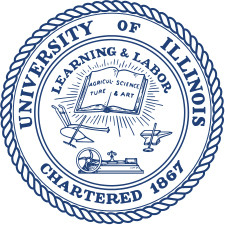
University of Illinois at Chicago
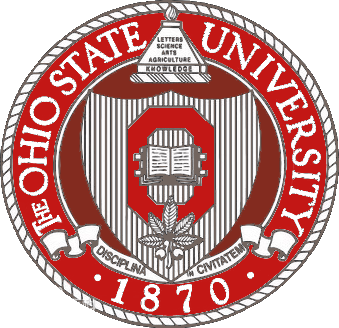
The Ohio State University
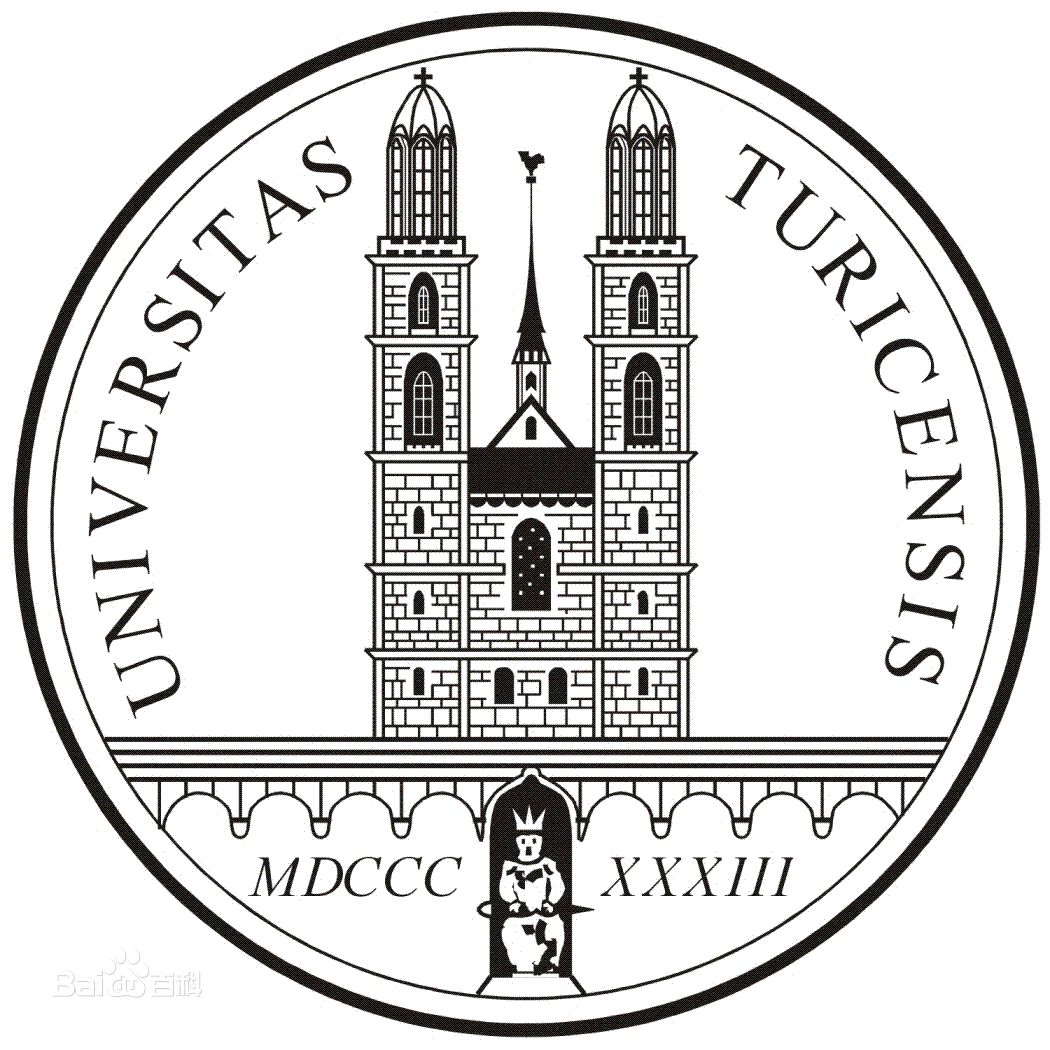
University of Zurich

Harvard University

Colorado State University
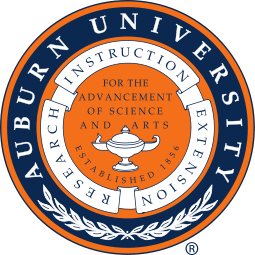
Auburn University

Yale University

Worcester Polytechnic Institute

Washington State University
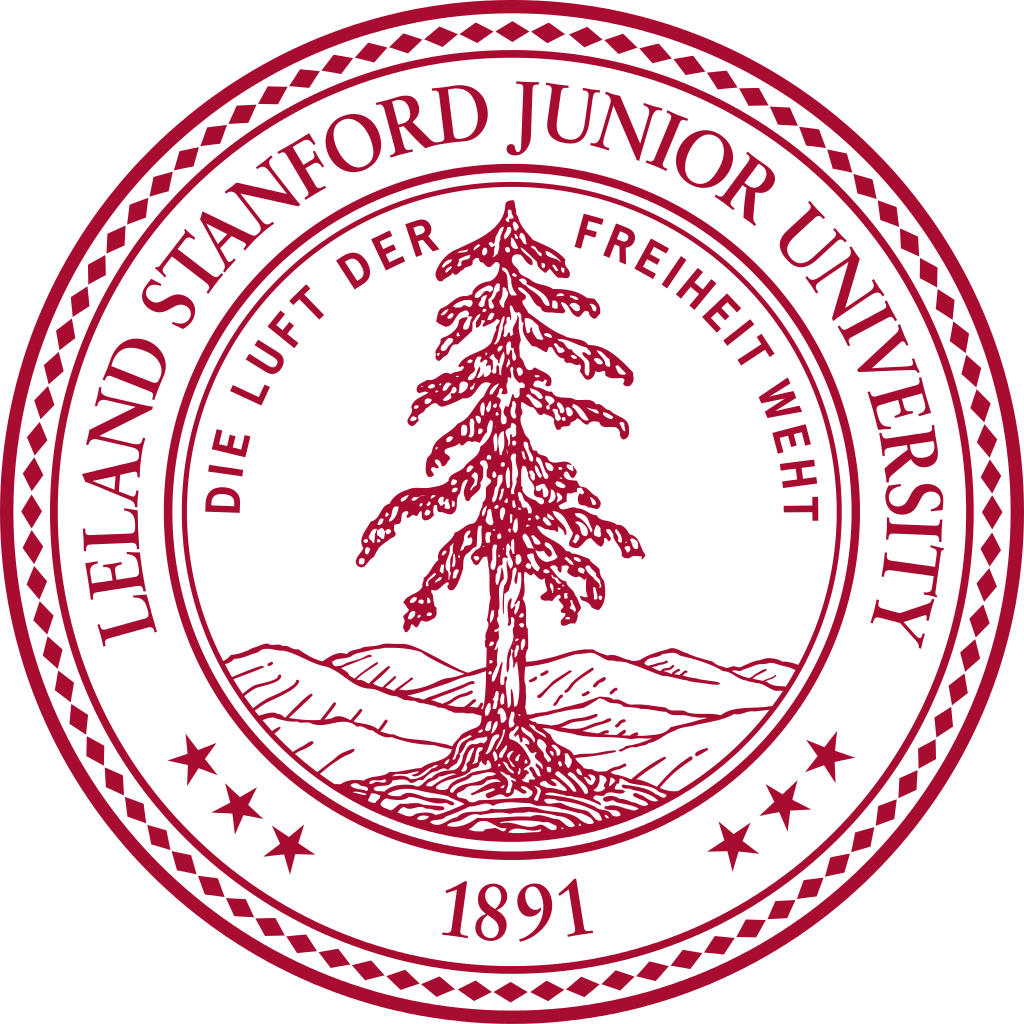
Stanford University

University of Leipzig
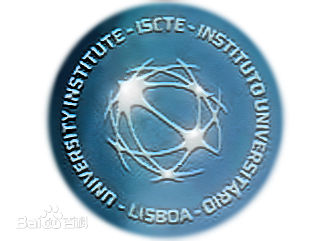
Universidade da Beira Interior
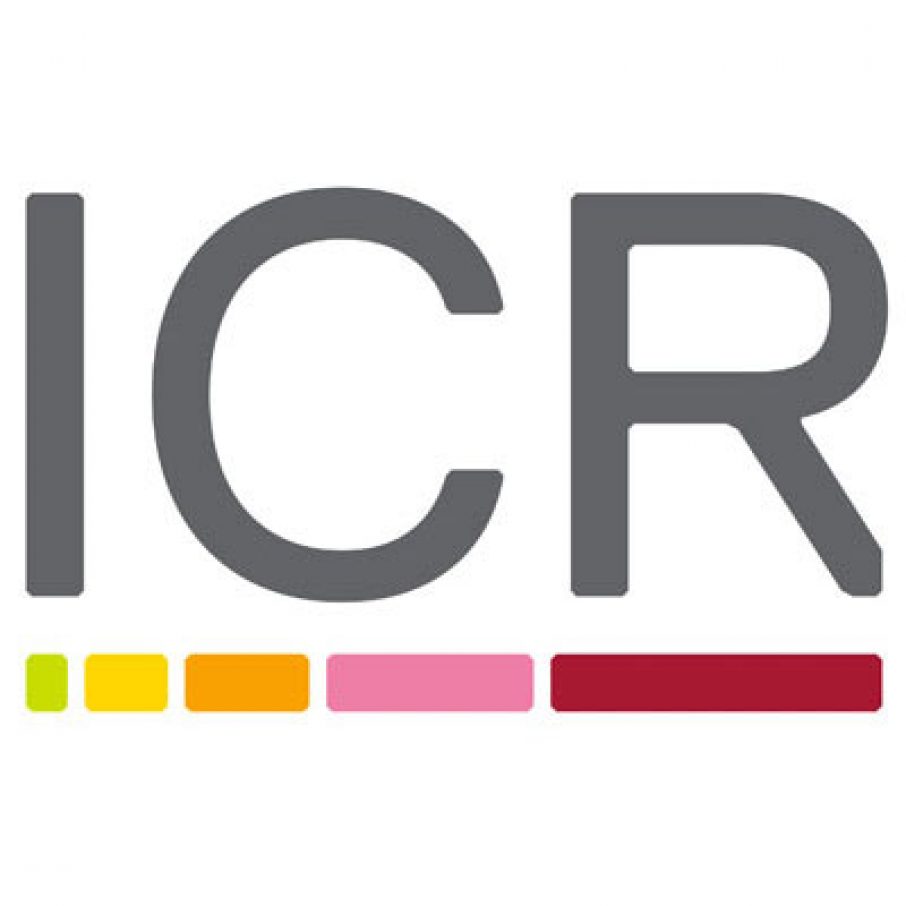
The Institute of Cancer Research
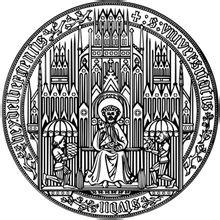
Heidelberg University

University of Amsterdam

University of Auckland

TsingHua University
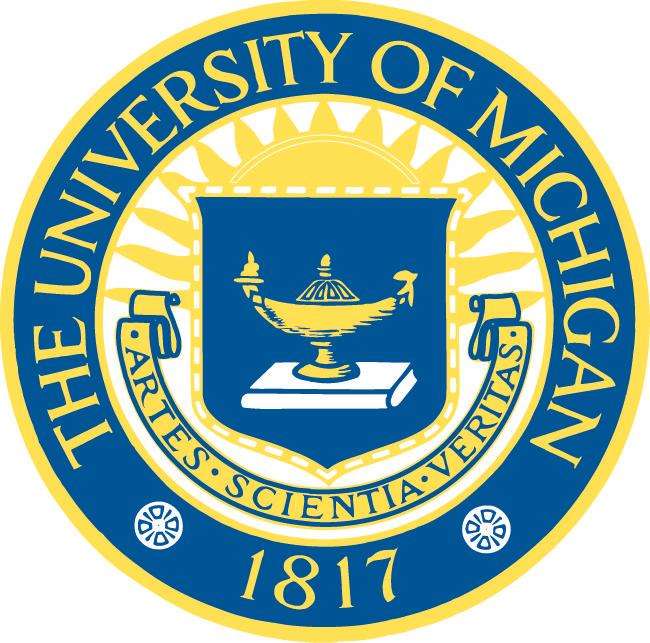
The University of Michigan

Miami University
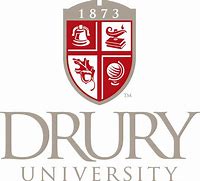
DRURY University
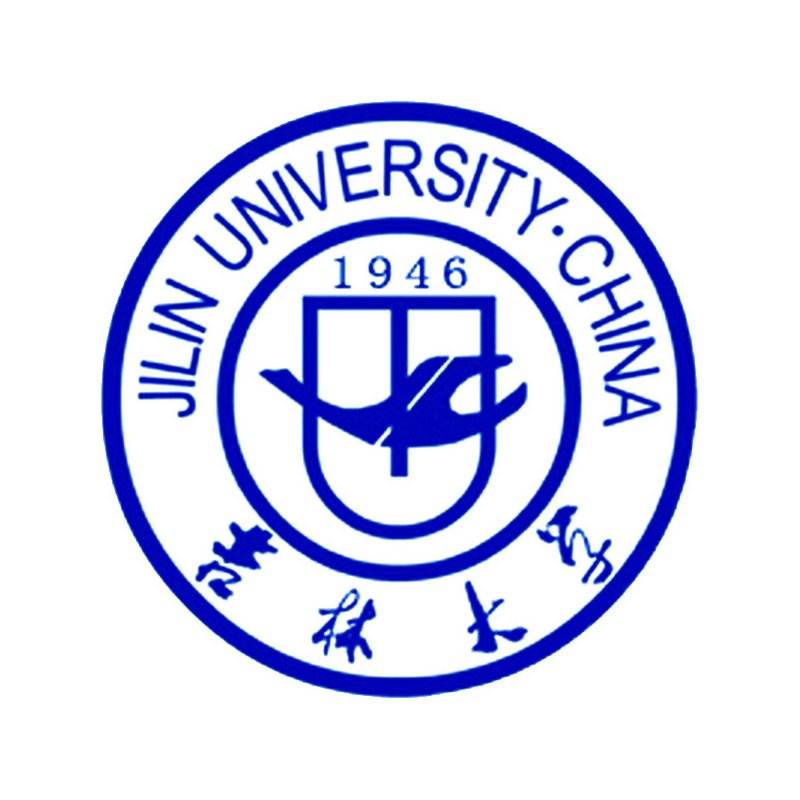
Jilin University

Fudan University

Wuhan University

Sun Yat-sen University
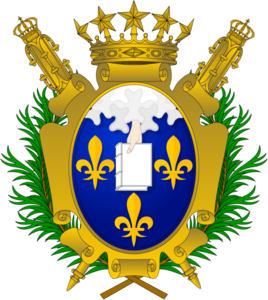
Universite de Paris

Deemed University

Auckland University

The University of Tokyo

Korea University
- Alexidine dihydrochloride
Catalog No.:BCC2466
CAS No.:1715-30-6
- Myrislignan
Catalog No.:BCN1242
CAS No.:171485-39-5
- Salprionin
Catalog No.:BCN3162
CAS No.:171439-43-3
- Dammarenediol II 3-O-caffeate
Catalog No.:BCN6519
CAS No.:171438-55-4
- SLIGRL-NH2
Catalog No.:BCC3947
CAS No.:171436-38-7
- Otophylloside B 4'''-O-beta-D-cymaropyranoside
Catalog No.:BCN7522
CAS No.:171422-85-8
- Otophylloside B 4'''-O-alpha-L-cymaropyranoside
Catalog No.:BCN7511
CAS No.:171422-82-5
- Calcium Gluceptate
Catalog No.:BCC3743
CAS No.:17140-60-2
- Ethyl 4-hydroxyphenylacetate
Catalog No.:BCN3792
CAS No.:17138-28-2
- Delphinidin-3-O-arabinoside chloride
Catalog No.:BCN3021
CAS No.:171370-55-1
- (RS)-AMPA hydrobromide
Catalog No.:BCC6926
CAS No.:171259-81-7
- TAPI-1
Catalog No.:BCC5400
CAS No.:171235-71-5
- 10,11-Dihydro-24-hydroxyaflavinine
Catalog No.:BCN7440
CAS No.:171569-81-6
- Doederleinic Acid
Catalog No.:BCC8319
CAS No.:171596-14-8
- Tadalafil
Catalog No.:BCC2281
CAS No.:171596-29-5
- Nortadalafil
Catalog No.:BCC1806
CAS No.:171596-36-4
- NBI-98854
Catalog No.:BCC4278
CAS No.:171598-74-6
- Sildenafil Citrate
Catalog No.:BCC2276
CAS No.:171599-83-0
- Sodium Phenylbutyrate
Catalog No.:BCC2164
CAS No.:1716-12-7
- Nitidanin
Catalog No.:BCN1107
CAS No.:171674-89-8
- Compound 56
Catalog No.:BCC3615
CAS No.:171745-13-4
- S-Adenosyl-L-Methtonine
Catalog No.:BCN2231
CAS No.:17176-17-9
- 2-(1H-Indole-3-carboxamido)benzoic acid
Catalog No.:BCN1529
CAS No.:171817-95-1
- Euchrenone A10
Catalog No.:BCN3574
CAS No.:171828-81-2
Characterization of urocortin as an anti-apoptotic protein in experimental ischemia-reperfusion model of the rat testis.[Pubmed:27659706]
Biochem Biophys Res Commun. 2016 Oct 14;479(2):387-392.
The objective of this study was to investigate the role of urocortin in testicular apoptosis using an experimental ischemia-reperfusion rat model. To evaluate the change in urocortin expression and apoptotic status in the testes following ischemia-reperfusion, the left testes of rats were rotated clockwise by 720 degrees for 1 h, and were then harvested at 0, 1, 3, 6 and 24 h after detorsion (n = 5 in each group). A time-dependent increase in the expression levels of urocortin was noted until 6 h after reperfusion, but the expression of urocortin was markedly decreased 24 h after reperfusion. However, a TUNEL assay showed that the proportion of germ cells undergoing apoptosis significantly increased 24 h after reperfusion compared with that of 6 h after reperfusion. To clarify whether or not urocortin directly regulates the testicular apoptosis induced by ischemia-reperfusion, either astressin, an antagonist of urocortin, or normal saline was injected into the rat testes 15 min before detorsion, followed by the testicular torsion. The testes were then removed 3 h after detorsion (n = 5 in each group). The testicular injection of astressin significantly increased the proportion of TUNEL-positive germ cells, and significantly decreased expression of Bcl-2 and Bcl-xL. In addition, the level of phosphorylated ERK 1/2, but not that of phosphorylated Akt, was significantly reduced by the intratesticular administration of astressin. These findings suggest that urocortin may play a cytoprotective role in the germ cells in response to ischemia-reperfusion injury through the activation of major anti-apoptotic proteins, as well as by the mitogen-activated protein kinase signaling pathway activation.
The effect of urocortin 1 on motility in isolated, vascularly perfused rat colon.[Pubmed:25998974]
Korean J Gastroenterol. 2015 May;65(5):283-90.
BACKGROUND/AIMS: Urocortin 1, a corticotropin-releasing factor related peptide, increases colonic motility under stressful conditions. We investigated the effect of urocortin 1 on colonic motility using an experimental model with isolated rat colon in which the blood flow and intestinal nerves were preserved. Furthermore, we assessed whether this effect was mediated by adrenergic or cholinergic nerves. METHODS: Colonic motility was measured in the proximal and distal parts of resected rat colon. The colon resected from the peritoneum was stabilized, and then urocortin 1 (13.8, 138, 277, and 1,388 pM) was administered via a blood vessel. Motility index was measured in the last 5 min of the 15 min administration of urocortin 1 and expressed as percentage change from baseline. Subsequently, the change in motility was measured by perfusing urocortin 1 in colons pretreated with phentolamine, propranolol, hexamethonium, atropine, or tetrodotoxin. RESULTS: At concentrations of 13.8, 138, 277, and 1,388 pM, urocortin 1 increased the motility of proximal colon (20.4 +/- 7.2%,48.4 +/- 20.9%, 67.0 +/- 25.8%, and 64.2 +/- 20.9%, respectively) and the motility of distal colon (3.3 +/- 3.3%, 7.8 +/- 7.8%, 71.1 +/- 28.6%,and 87.4 +/- 32.5%, respectively). The motility induced by urocortin 1 was significantly decreased by atropine to 2.4 +/- 2.4% in proximal colon and 3.4 +/- 3.4% in distal colon (p < 0.05). However, tetrodotoxin, propranolol, phentolamine, and hexamethonium did not inhibit motility. CONCLUSIONS: Urocortin 1 increased colonic motility and it is considered that this effect was directly mediated by local muscarinic cholinergic receptors.
Dynamic expression of corticotropin-releasing hormone and urocortin in estrogen induced-cholestasis pregnant rat.[Pubmed:27492720]
Reprod Toxicol. 2016 Oct;65:179-186.
Intrahepatic cholestasis of pregnancy(ICP) is complicated by acute placental-fetal hypoxia. Corticotropin-releasing hormone(CRH) and urocortin(UCN) are vasodilatory regulators of blood flow in the placenta. An ethinylestradiol(EE)-induced cholestasis rat model was reproduced and serum/placental CRH/UCN were detected during 14-21days of gestation(DG). Maternal serum or placental CRH/UCN levels in the control rats were relatively consistent during 14-21DG. Serum CRH was reduced in the EE-treated rats compared with the control rats at 21DG. Regarding serum UCN, we observed a decrease at 17DG as well as an increase at 21DG in the EE-treated rats compared with the controls. Moreover, we observed a noticeable reduction of placental CRH/UCN expression at 17 or 19DG in the EE-treated rats compared with the control rats. The serum bile acids levels exhibited an inverse correlation with placental CRH/UCN expression. EE-induced cholestasis rats might serve as a good model to further investigate the pathological mechanism underlying CRH/UCN dysregulation in ICP.
Sex and estrogen affect the distribution of urocortin-1 immunoreactivity in brainstem autonomic nuclei of the rat.[Pubmed:26146233]
Brain Res Bull. 2015 Jul;116:81-92.
Urocortin-1 (UCN-1), a neuropeptide closely related to the hypothalamic hormone corticotropin-releasing factor, has been associated with stress, feeding behaviors, cardiovascular control, and to exhibit functional gender differences. This study was done to investigate whether estrogen (E; 17beta-estradiol) treatment (9 weeks) altered UCN-1 immunoreactivity in brainstem autonomic nuclei in female Wistar rats. Experiments were done in age matched adult males (controls), females (intact), and ovariectomized (OVX) only and OVX+E (30pg/ml plasma) treated females. All animals received intracerebroventricular injections of colchicine and were then perfused transcardially with Zamboni's fixative. Coronal brainstem sections (40mum) were cut and processed immunohistochemically for UCN-1. In males, moderate UCN-1 fiber labeling was found in the nucleus of the solitary tract (NTS) and throughout the rostral ventral lateral medulla (RVLM). Additionally, a few UCN-1 immunoreactive neurons were observed in hypoglossal nucleus (XII), facial nucleus (FN) and nucleus ambiguus (Amb). In intact females and OVX+E females, fewer UCN-1 labeled fibers were found within NTS compared to males. In contrast, the RVLM was more densely innervated in the female cases. Furthermore, in both intact and OVX+E females UCN-1 labeled neurons were found not only within Amb, FN and XII, but also within NTS, RVLM and nucleus raphe pallidus (RP). In OVX only animals, moderate to dense UCN-1 fiber labeling was observed in the NTS complex and throughout RVLM compared to males and the other female groups. However, in contrast to all other groups, UCN-1 labeled neurons were found in greater number within Amb, FN, NTS, dorsal motor nucleus of the vagus, XII, RVLM, magnocellular reticular nucleus and RP. These data not only suggest that sex differences exist in the distribution of UCN-1 within brainstem autonomic areas, but that circulating level of E may play an important role with regards to the function of these UCN-1 neurons during stress responses.
Corticotropin-releasing factor receptors 1 and 2 in anxiety and depression.[Pubmed:11786305]
Curr Opin Pharmacol. 2002 Feb;2(1):23-33.
Corticotropin-releasing factor (CRF) and its related family members are implicated in stress-related disorders such as anxiety and depression. Recently, two new members of this neuropeptide family have been discovered in the brain: urocortin II (also known as stresscopin-related peptide) and urocortin III (also known as stresscopin). These urocortins are selective agonists for the CRF(2) receptor, show a distinct neuroanatomical localization and are involved in stress-coping responses such as anxiolysis. Thus, CRF, the urocortins and their receptors form an intricate network in the brain involved in the acute phase as well as the recovery phase of the stress response.
The neurobiology of urocortin.[Pubmed:11033056]
Regul Pept. 2000 Sep 25;93(1-3):85-92.
Urocortin (UCN) is a recently isolated 40 amino acid-containing neuropeptide that is the second endogenous mammalian ligand for the corticotropin-releasing factor (CRF) receptors. While UCN and CRF both display a similar high affinity for the CRF(1) receptor, the affinity of UCN for the CRF(2) receptor is more than 10-fold higher than that of rat/human CRF. UCN mRNA expression is highest in the Edinger-Westphal nucleus and lateral superior olive, with the most prominent terminal fields found in the lateral septum. Because of the higher relative affinity of UCN for the CRF(2) receptor and the corresponding neuroanatomical distribution of the highest density of UCN expression and innervation to brain regions preferentially expressing the CRF(2) receptor subtype, it has been hypothesized that UCN is the preferred endogenous ligand for the CRF(2) receptor. Following central administration, UCN has been demonstrated to produce behavioral and physiological effects that are qualitatively similar to CRF. Quantitatively, however, UCN appears to be a more potent suppressor of ingestive behavior (food and water intake) and a less potent inducer of anxiogenic behavior than CRF.
Corticotropin releasing factor receptors and their ligand family.[Pubmed:10816663]
Ann N Y Acad Sci. 1999 Oct 20;885:312-28.
The CRF receptors belong to the VIP/GRF/PTH family of G-protein coupled receptors whose actions are mediated through activation of adenylate cyclase. Two CRF receptors, encoded by distinct genes, CRF-R1 and CRF-R2, and that can exist in two alternatively spliced forms, have been cloned. The type-1 receptor is expressed in many areas of the rodent brain, as well as in the pituitary, gonads, and skin. In the rodent, one splice variant of the type-2 receptor, CRF-R2 alpha, is expressed mainly in the brain, whereas the other variant, CRF-R2 beta, is found not only in the CNS, but also in cardiac and skeletal muscle, epididymis, and the gastrointestinal tract. The poor correlation between the sites of expression of CRF-R2 and CRF, as well as the relatively low affinity of CRF for CRF-R2, suggested the presence of another ligand, whose existence was confirmed in our cloning of urocortin. This CRF-like peptide is found not only in brain, but also in peripheral sites, such as lymphocytes. The broad tissue distribution of CRF receptors and their ligands underscores the important role of this system in maintenance of homeostasis. Functional studies of the two receptor types reveal differences in the specificity for CRF and related ligands. On the basis of its greater affinity for urocortin, in comparison with CRF, as well as its brain distribution, CRF-R2 may be the cognate receptor for urocortin. Mutagenesis studies of CRF receptors directed toward understanding the basis for their specificity, provide insight into the structural determinants for hormone-receptor recognition and signal transduction.


